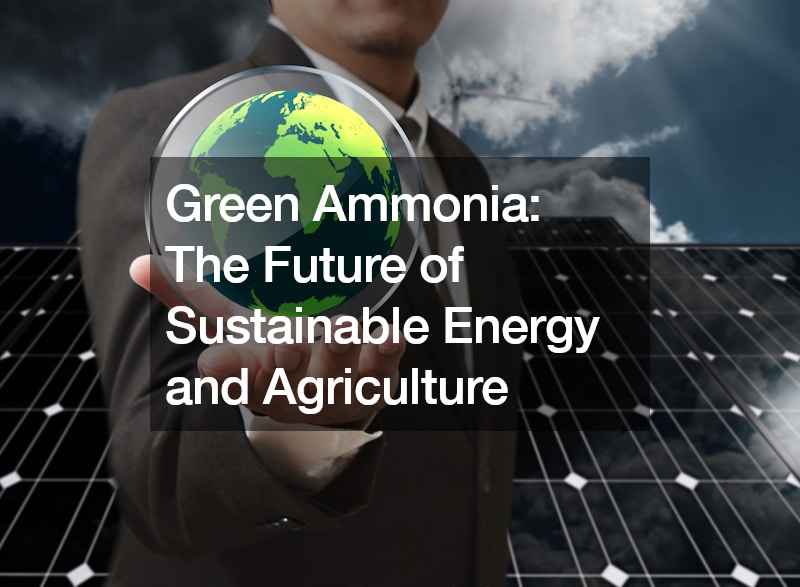As the world seeks innovative solutions for a low-carbon future, green ammonia is emerging as a crucial component in both sustainable energy and agriculture. Currently, traditional ammonia production is a significant contributor to global carbon emissions, responsible for about 1% of the world’s carbon dioxide output, which translates to roughly 500 million tons of carbon dioxide per year. This high level of emissions results from the reliance on fossil fuels to produce hydrogen for ammonia synthesis.
Advancements in Green Ammonia Technology
Fortunately, advancements in green ammonia technology offer a promising alternative. The process begins by extracting nitrogen from the air.
This involves compressing and purifying the air to remove carbon dioxide and water vapor, followed by cooling and separating it into nitrogen, oxygen, and other elements. For optimal purification, technologies such as DRYAMAX Molecular Sieves can be used, which provide high water and carbon dioxide adsorption properties for efficient impurity removal.
The purified nitrogen is then combined with green hydrogen using the Haber-Bosch process. This method operates under high pressure and temperature conditions, facilitated by a metallic catalyst to produce green ammonia efficiently.
Green Ammonia’s Versatility and Environmental Benefits
What makes green ammonia a game-changer is its versatility and environmental benefits. Green ammonia can be utilized as a sustainable fertilizer for agriculture, helping to support global food production while minimizing environmental impact. Furthermore, it can serve as a feedstock for various industrial processes, contributing to a more sustainable industrial sector.
The Potential of Green Ammonia as an Energy Carrier
One of the most exciting aspects of green ammonia is its potential as an energy carrier. With three times more energy per cubic meter than compressed hydrogen, green ammonia stands out as a viable, carbon-free energy source. It offers significant potential for storing energy and can be used as a clean fuel for generating electricity and powering shipping operations.
A Step Toward a Low-Carbon Economy
Green ammonia represents a critical step forward in our efforts to reduce carbon emissions and develop sustainable practices across agriculture and energy sectors. Its innovative production methods and diverse applications make it a key player in the transition to a low-carbon economy.
.


